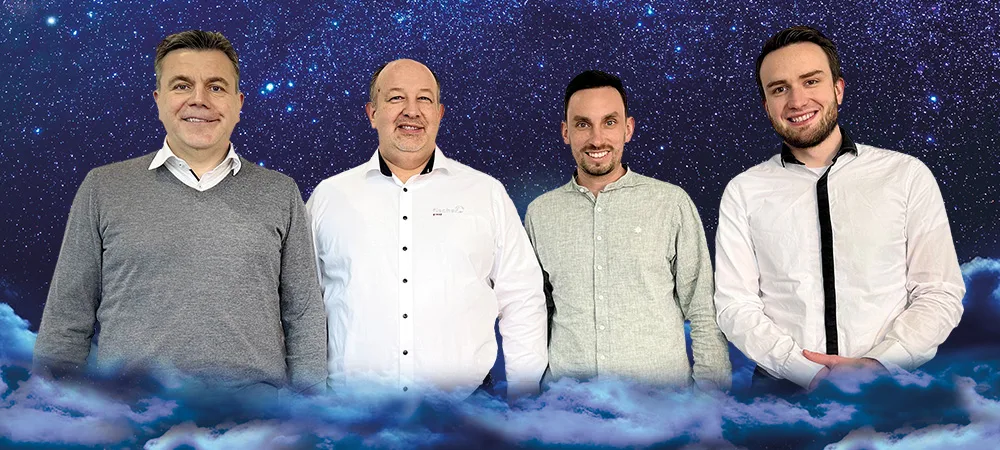S/4 Hana Migration As An Opportunity To Optimize

There is no question that migration processes to modernize SAP systems are a complex matter, especially with regard to Abap custom code. Many SAP users have many lines of custom code. More often than not, they are outdated, no longer designed for today’s requirements in terms of security, performance, or maintainability, or no longer executable in the new S/4 environment. A like-to-like migration is therefore almost impossible to map and also offers no added value.
Hybrid is the approach to beat
However, when it comes to the necessary changes, companies should not only see the difficulties, but also the new opportunities for consolidation, modernization, and optimization with a consistent focus on future requirements. Migration projects should therefore not only be about moving applications and data from A to B, but must simultaneously address digital transformation, which requires the use of new architectures, platforms, frameworks, applications, and technologies. Important aspects to consider are integrated hybrid multi-cloud platforms, cloud-native applications, and service-based architectures.
For example, modern applications in areas such as artificial intelligence and machine learning, Industry 4.0, IoT, data analytics, RPA, or virtual and augmented reality are often developed and operated cloud-natively. Cloud-native application development is therefore also an indispensable component for SAP users on the path to the intelligent, integrated enterprise. This SAP vision aims at automating business processes, rapidly and flexibly introducing new business models, and ultimately establishing intelligent end-to-end workflows.
In this context, SAP landscapes must also no longer be viewed in isolation, but in consideration of SAP’s side-by-side extensibility concept. This involves connecting SAP data, processes, and user interface with state-of-the-art programming environments, continuous integration and continuous delivery or other DevOps methods.
Cloud, but native!
Without a doubt, SAP is also taking the path toward containerization. SAP business applications are increasingly being containerized. Examples include Ariba, Concur, and SuccessFactors, but also Hana and S/4. Red Hat has already been actively working on the development of containerization since 2019 together with SAP. Applications that have already been containerized include SAP Data Intelligence—to name just one example. The data management and orchestration solution runs on Red Hat OpenShift and offers companies the ability to integrate data from outside the SAP landscape into an SAP application.
There is also a trend in the SAP ecosystem toward hybrid cloud architecture. SAP users will increasingly use a mix of on-premises, private and public cloud services in the future—not only for SAP but also for non-SAP workloads. In addition to S/4, they will be able to obtain further SAP applications in the future both as SaaS and in containerized form for on-premises deployment.
In light of these upcoming developments, SAP users should leverage a platform that supports unified cloud-native application development and delivery for today’s and tomorrow’s workloads on any infrastructure—from multi-cloud environments to on-premises deployments. This is the only way to ensure maximum flexibility and security.








